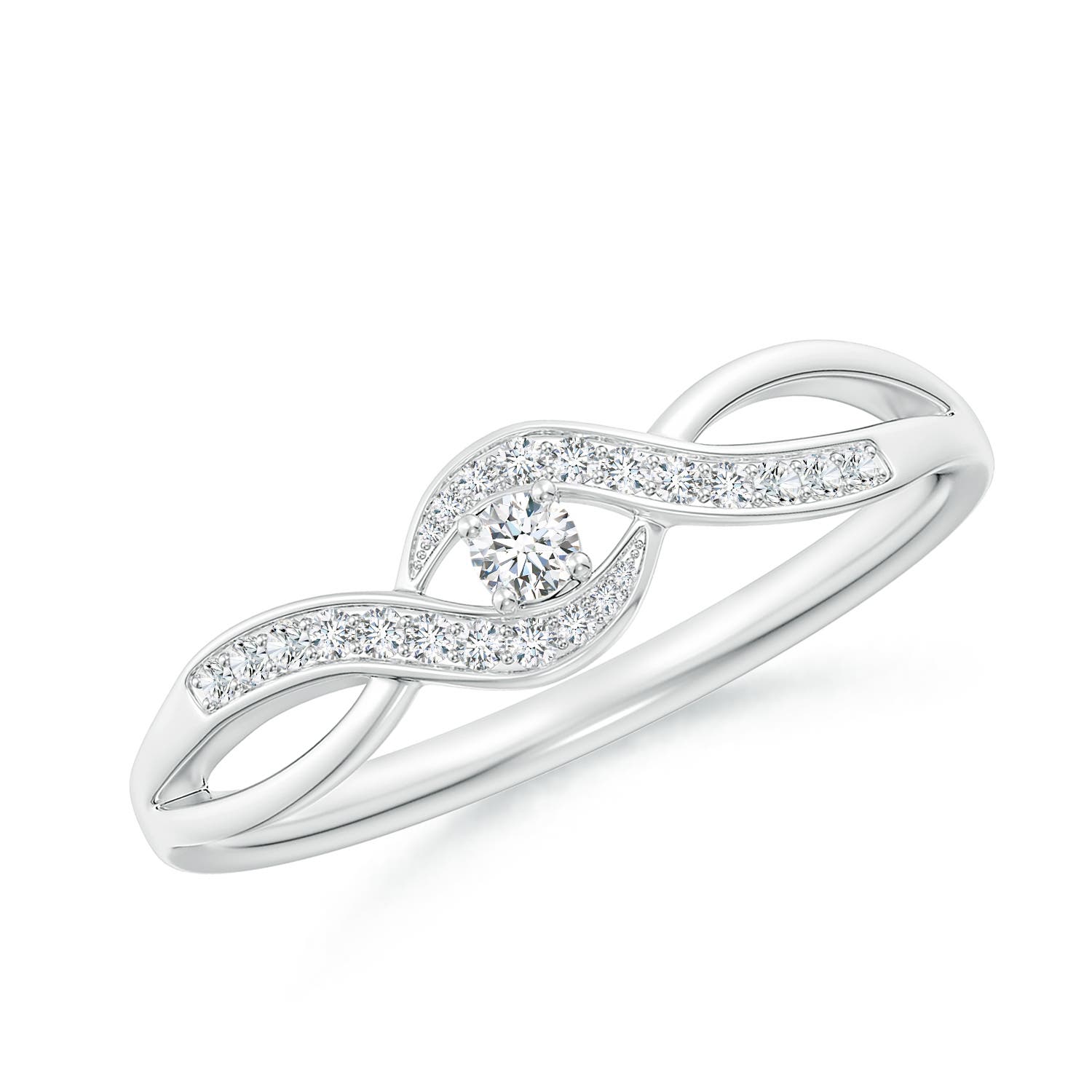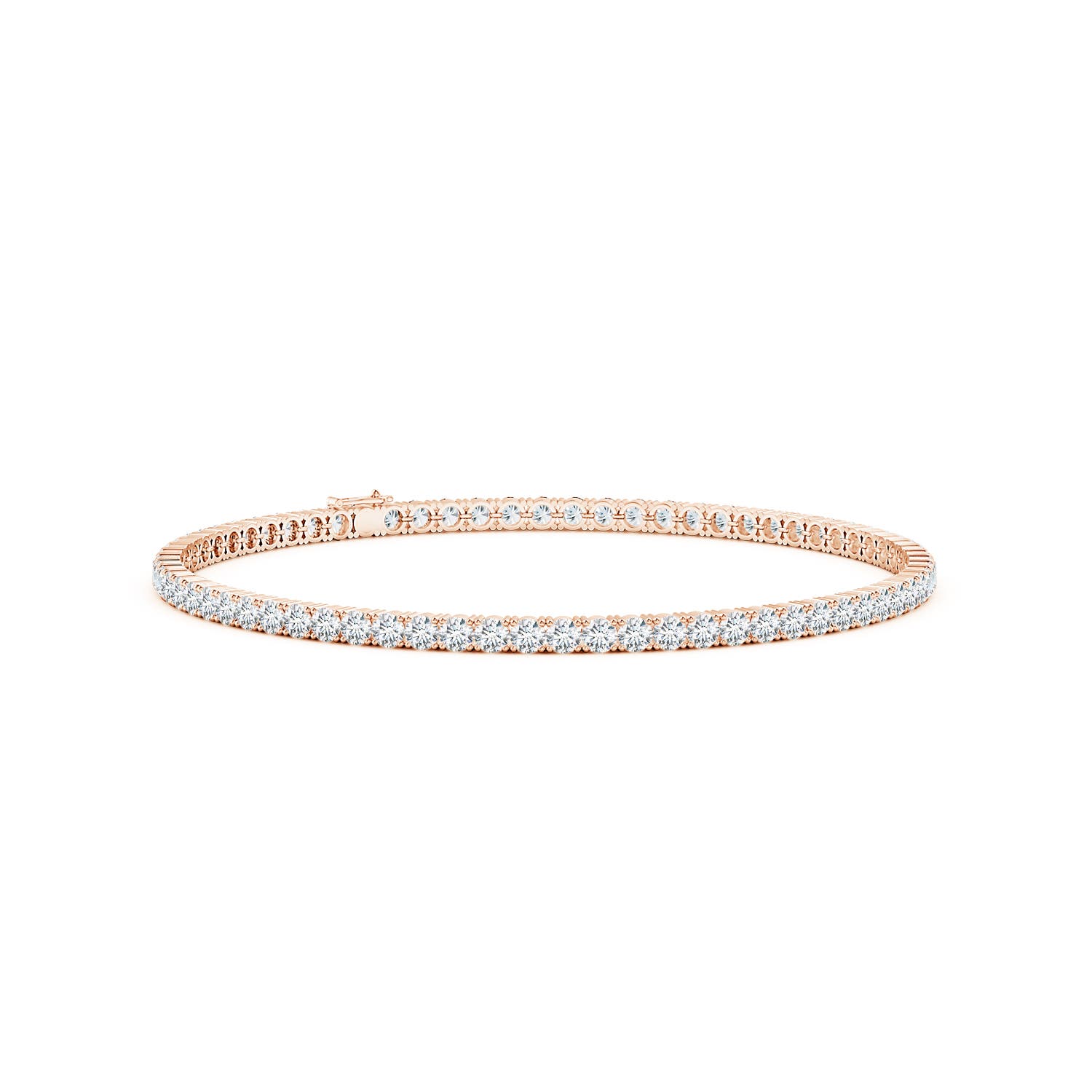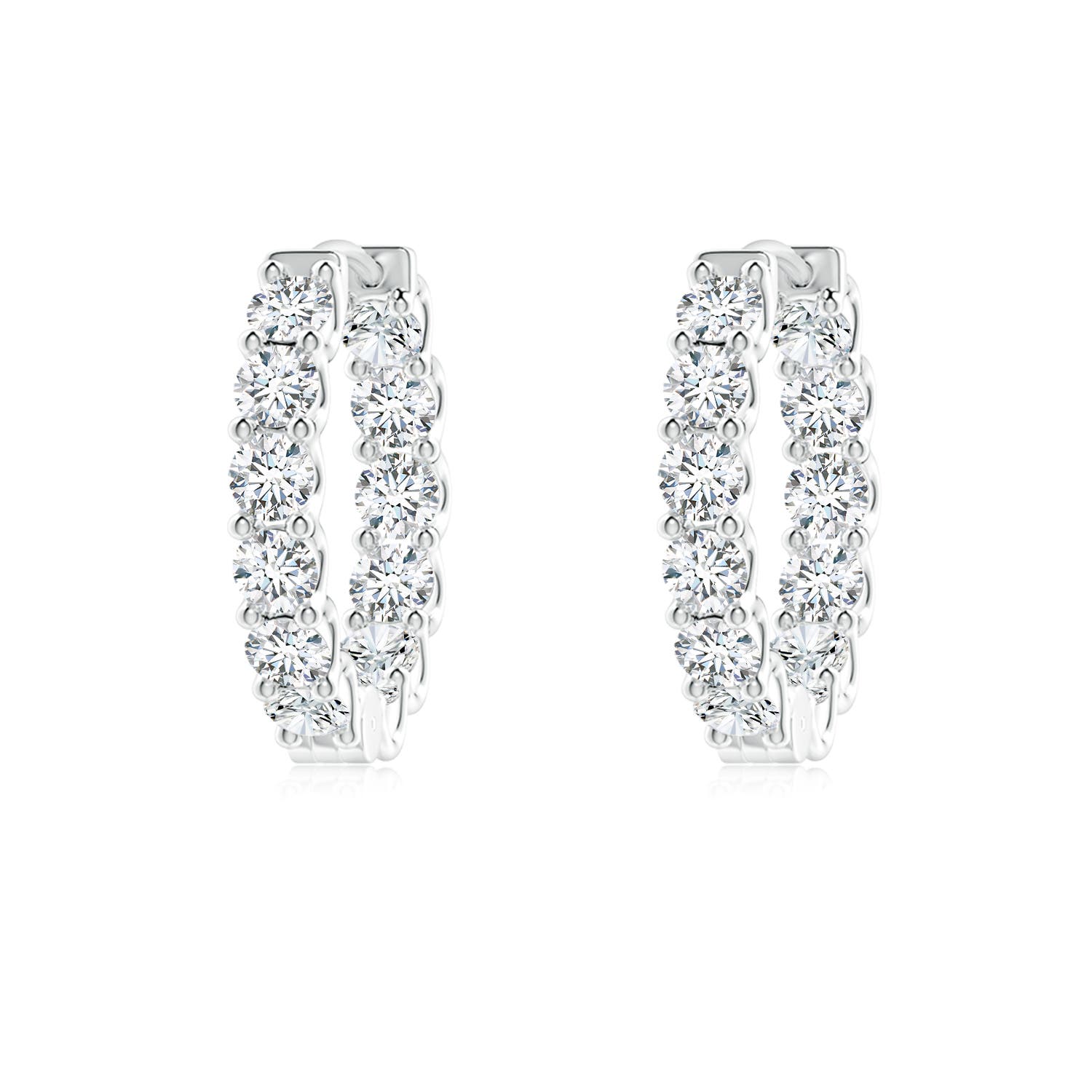When it comes to gemstones, there are always several options to choose from. However, ever heard about the rhodochrosite?
A type of manganese carbonate mineral, the pure form of this jewel features a vivid rose-red hue. On the other hand, its impure form can be found in several shades ranging from pink to light or pale brown.
What truly sets this gem apart are the numerous white streaks that create intricate patterns along the length of its body. This, in addition to the stone’s soft translucence, makes it an absolute winner.
That said, can rhodochrosite go in water? And if not, what is the best way to maintain it? To find the answers to this and more, read on…
The Main Question…Can Rhodochrosite Go in Water?
No, it cannot! While a little water won’t damage your stone, keeping it submerged for extended periods can harm it in the long run.
The two main ways in which water can damage your gem are as follows:

Structural Damage
To explain this point, we first need to discuss the stone’s durability, also known as, its scratch resistance.
To measure this ability, in 1822, Fredrich Mohs, a German gemologist and mineralogist created a qualitative ordinal scale known as the Mohs scale of mineral hardness.
Here, based on their strength, each gem was given a rating between 1 (most malleable) and 10 (most durable).
The results were considered final and the scale is still used to measure the durability of various jewels today.
Unfortunately, gemstones rated lower than 5 on this scale (like the rhodochrosite, for example) are more likely to get damaged by water.
This is because the microscopic fissures present on the surface of the rhodochrosite will widen at a faster pace when flooded with water molecules. This, in turn, could eventually cause the gemstone to break.
• Physical Damage
Like most jewels, the rhodochrosite is also polished before being set into a design.
This polish can, unfortunately, be washed away by water. This is especially true if the liquid is combined with chlorine or salt. Needless to say, this resultant gem is a dull one that can ruin the accessory’s overall appearance. What’s more, keeping rhodochrosite submerged in water for extended periods can also lead to some of the stones getting dissolved or blemished.
Now that you know the answer to the question – ‘Can rhodochrosite go in water?‘, let’s discuss the best way to maintain this jewel.
How Can You Clean Your Rhodochrosite Without Soaking It in Water?
Here, we suggest skipping the water bath and instead wiping away the dust and grime with a damp cloth. Once done, leave it aside to air dry.
General Tips to Take Care of Your Rhodochrosite
Avoid drying the stone under direct sunlight as this could cause the gem to lose its hue. Furthermore, do not use steam or ultrasonic cleaners as those devices could do more harm than good.
Once dried, store your stone by placing it in a cloth bag and keeping it in a cool dry place away from your other gemstones. This will prevent your stunner from getting scratched by stronger jewels.
Apart from the above, we also recommend getting your rhodochrosite professionally cleaned at least once a year. This will ensure that your stone remains in great condition.
What Type of Metal Should You Pair Your Rhodochrosite with?
Considering the gem’s soft structure, a strong metal like platinum would be the perfect companion for it. Here, not only would the metal give the stone an extra layer of protection but its elegant silverish-white hue would also provide it with a charming look.
What Kind of Setting Works Well With the Rhodochrosite?
As touched upon before, this rose-red gemstone is one of the most delicate jewels available today and features a 3.5 – 4 rating on the Mohs scale of mineral hardness.
As such, you must pair it with a protective setting, like a bezel or channel mounting, for example. These settings work by covering the sides of the gem and creating a barrier between it and any accidental knocks that may come its way.
Did You Know?
- The rhodochrosite got its name from the Greek word ‘ῥοδόχρως’ which translates to rose-colored.
- The rhodochrosite is the national gemstone of Argentina.
- In 2002, Colorado officially titled the rhodochrosite as the state mineral.
Moving on to other gemstones, should the rose quartz be submerged in water for long? No, it shouldn’t! If you’d like to know why, please read our article titled ‘can rose quartz go in water?’
Contrary to the above, the blue topaz is one of the few jewels currently available that are slightly more resistant to water. This is because of its extreme durability which makes it a little more difficult to crack. That said, do note that we still do not recommend keeping the stone submerged for long periods.
You can read more about this in our article titled ‘can topaz go in water?’
Similarly, when it comes to the question – can aquamarine go in water? The answer will always be yes, but for a very limited span of time.
































